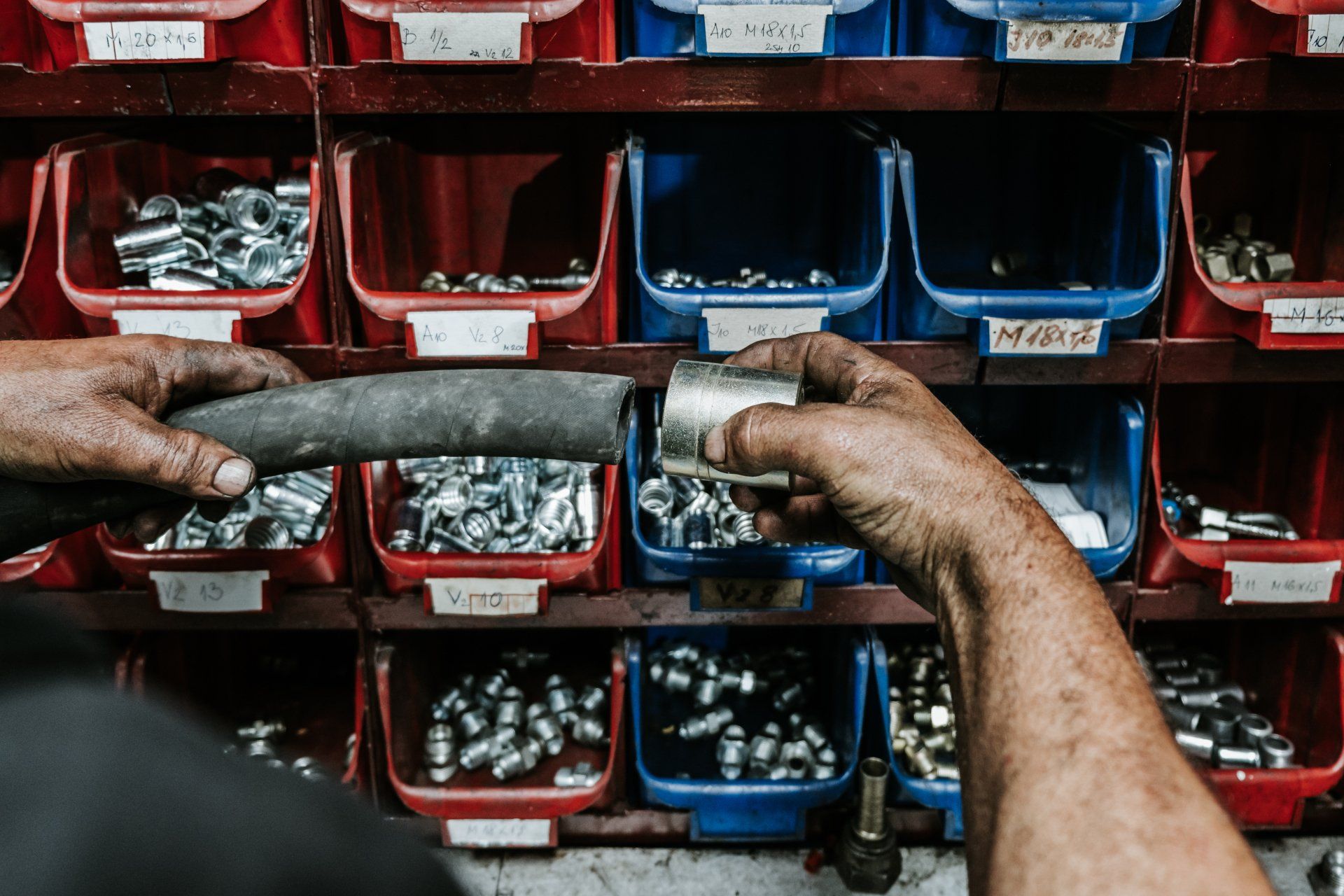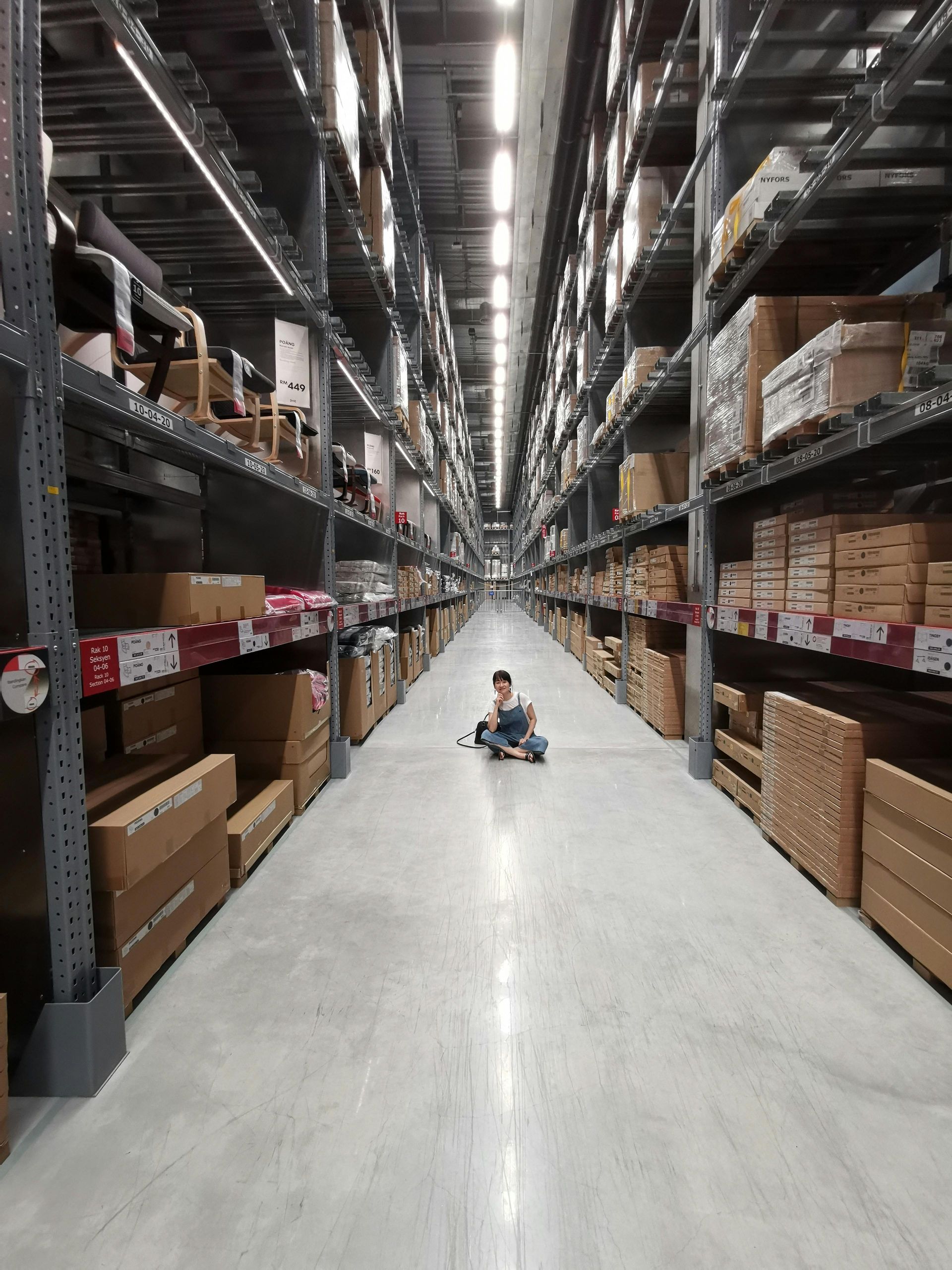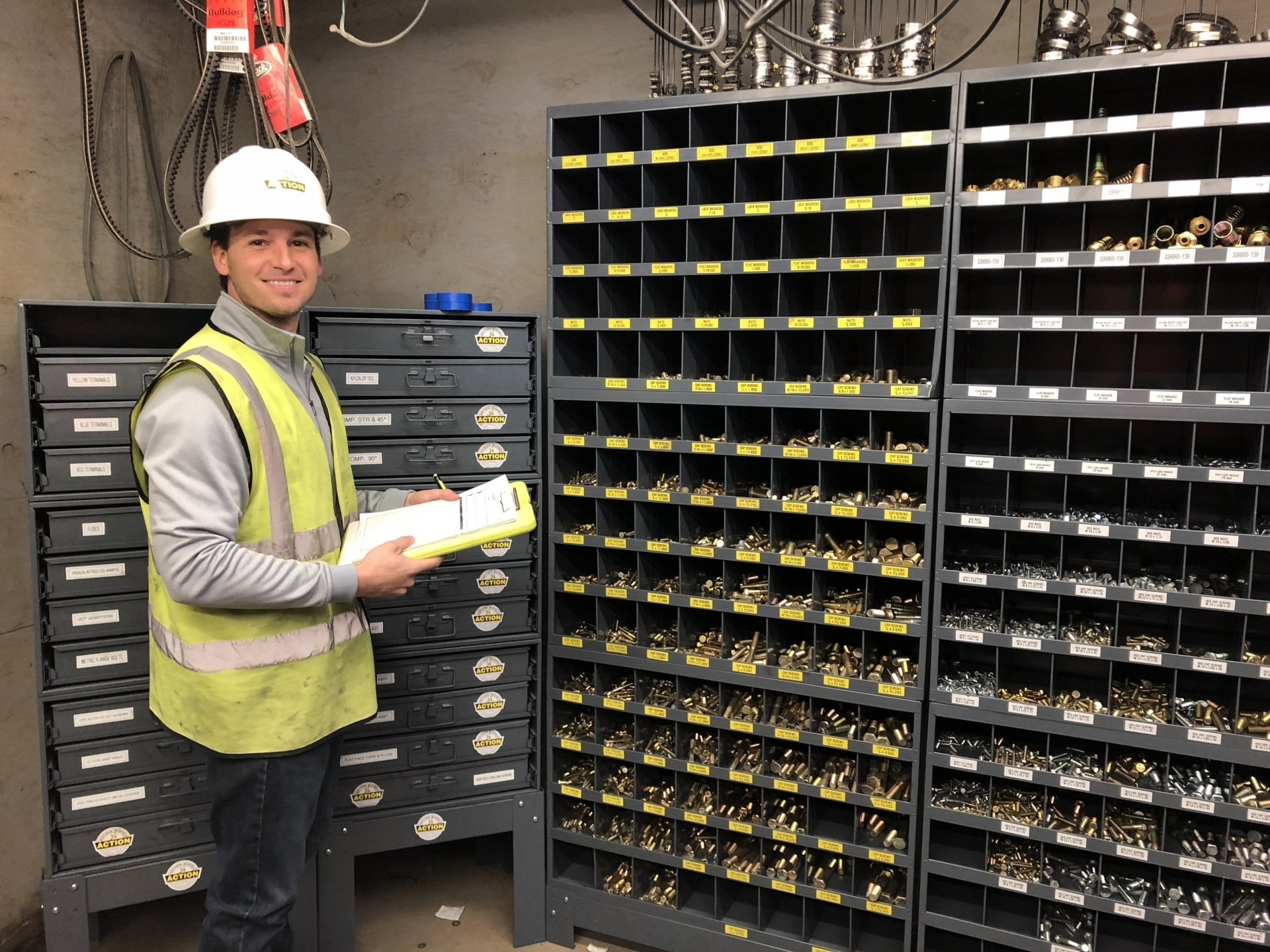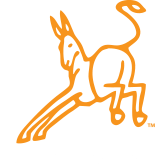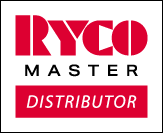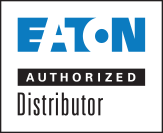Choosing Hydraulic Hose Fittings: A Brief Guide
When you’re making necessary repairs to your hydraulic hoses or finding the proper hoses for the industrial machinery you’re using, you’ll discover that no two hose fittings are the same. Within every hydraulic system, there’s a range of various fittings and adapters that offer different sealing methods and come in different forms.
This begs the question, how do you find the right equipment for the job? This guide will help you better understand and identify the different types of fittings so that you can make the proper replacements.
The Difference Between Reusable And Permanent Fittings
Arguably one of the simplest ways to identify the type of hydraulic hose fittings you need is to check whether they’re reusable or permanent. How? Permanent fittings are also commonly referred to as crimped fittings, which gives you a better sense of their appearance as well as how they need to be installed (by crimping or swaging).
Meanwhile, reusable fittings can be easily installed onto the hydraulic hose via a wrench and a vise. These types of hydraulic hose fittings won’t be as prominent given that they’re more expensive and more difficult to install. However, you may find them on older machinery if you have them on site.
What Is The Sealing Method?
There is a wide variety of sealing methods, which can make your job harder when you’re trying to find out which hydraulic hose fittings you need. That being said, you can often boil it down to the most commonly installed fittings, which will make it easier to identify the piece you need.
The most common fittings you’re going to come across include O-ring design fittings (aptly named for the O-ring seal that creates the seal), mated angle fittings (these feature male and female thread parts that are straight or parallel and join the two mating angles to create a seal), and tapered threads fittings (these can be determined by where the threads are, with threads on the outside indicating male and threads on the inside indicating female).
You should also carefully research the fitting ends and port connections to make sure you have the right hydraulic hose fittings for your specific hose and machinery.
Assess The Fitting Design And Thread Measurement
Where the thread of your hydraulic hose fittings is located and how large it is can go a long way in determining what type of fitting you need for a replacement. Take notes on these features, as this will make it easier to get support when you reach out for help in securing the right types of fittings for your needs.
Find All The Fittings And Adapters You Need At Action Supply
The guide above can be an excellent way to get started on finding new hydraulic hose fittings for your equipment. However, even with a better understanding of how to assess fittings, you might need support identifying and sourcing the specific item you need for your hydraulic hoses.
Action Supply is dedicated to providing you with the high-quality hydraulic hose fittings you need and the customer service you deserve to guide you along every step of the way.
Reach out to us now with any questions you have about your fittings and adapters so that we can assist you!
